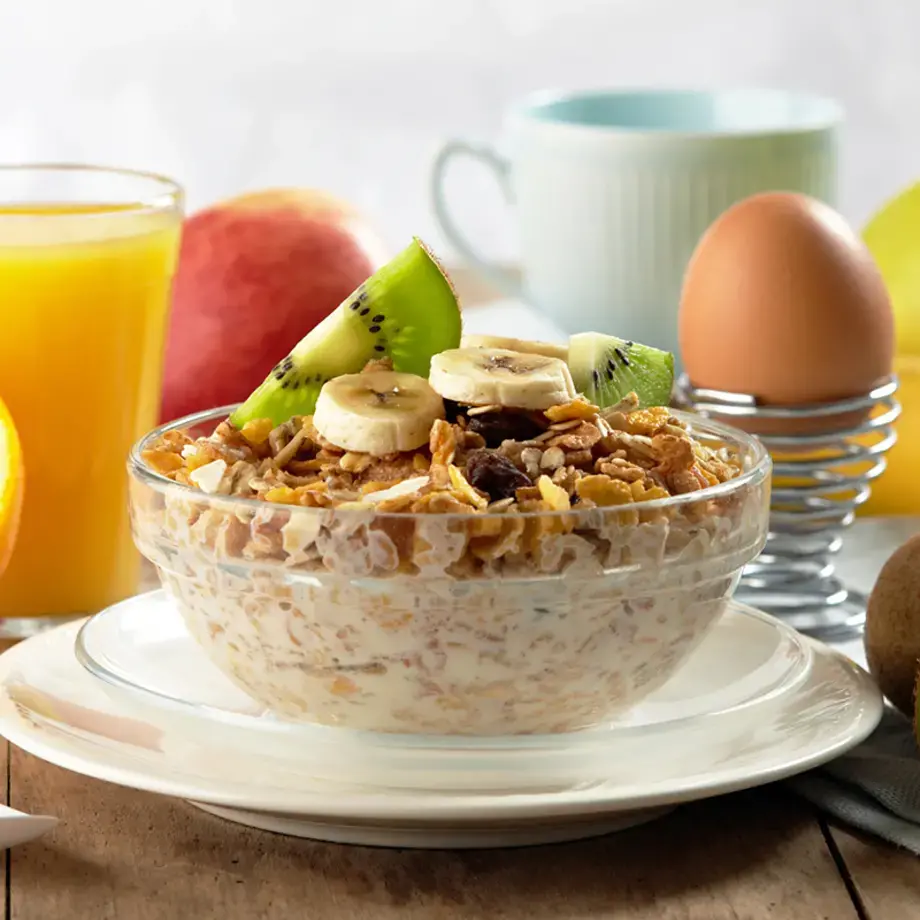Konjak, konjaku, konnyaku potato, devil's tongue, voodoo lily, snake palm, or elephant yam, konjac is a yam like perennial plant that goes by many names. Widely used in the kitchen in its native Japan you are more likely to have heard nutritionists or faddy dieters sing this plants praises in the Western hemisphere.
So just what is it that about this cross cultural ingredient that makes it so interesting in the kitchen? We take a look from the ground up and discover what it is, where it comes from and above all how to turn it into a tasty dish.
First up - here's what it looks like - giving an obvious clue as to where the nickname voodoo lily came from.










